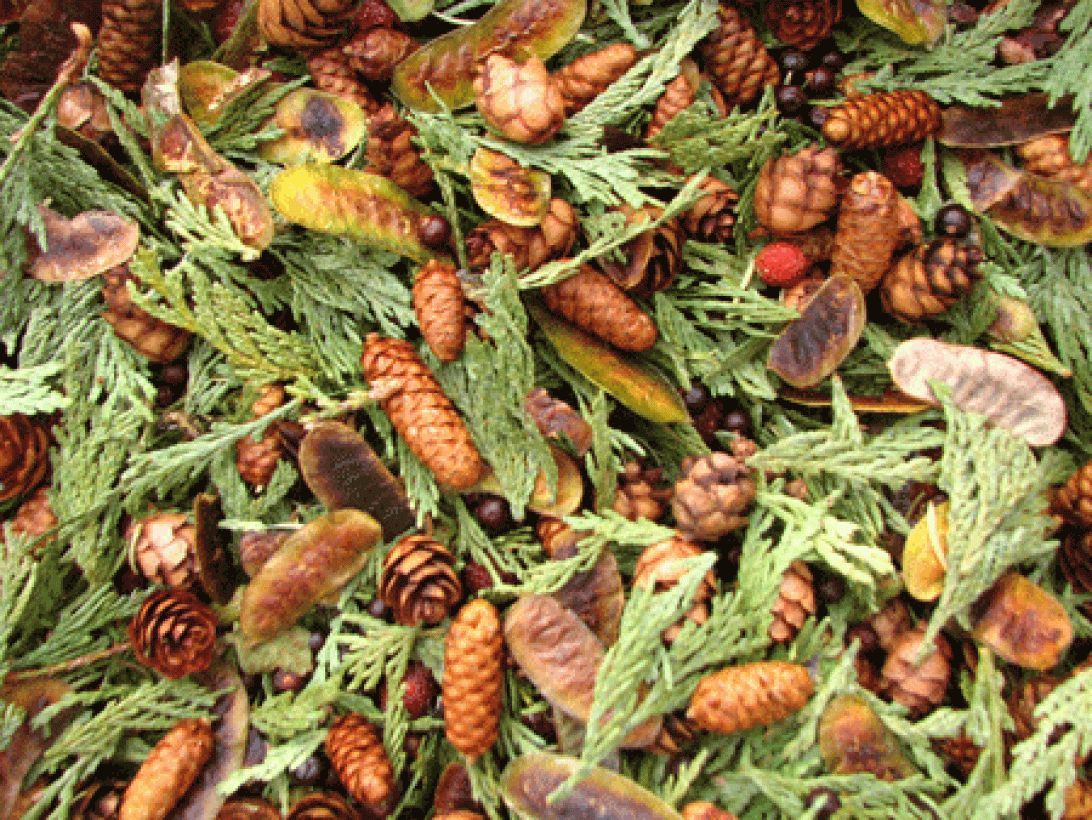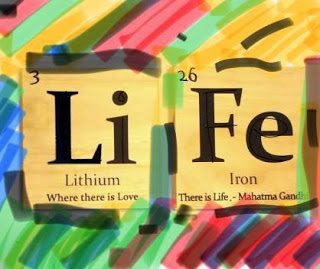
One of the most interesting topics in chemistry is the periodic table.
The periodic table is the arrangement of all the elements ever known.
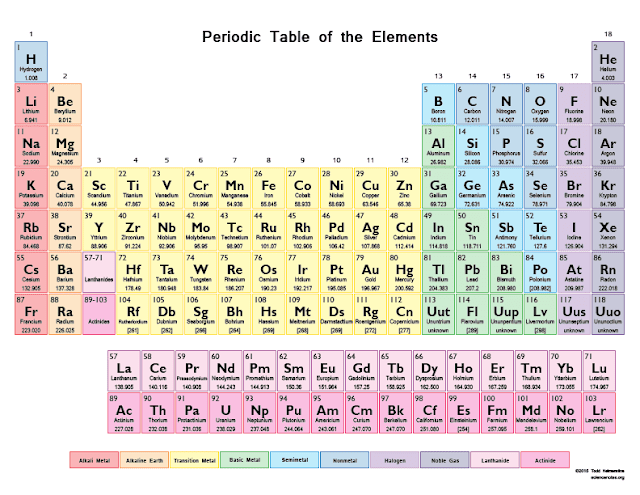
You might be thinking, how are these elements arranged?
They’re arranged according to their atomic numbers.
Here is an example.
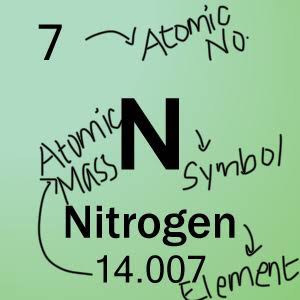
An atomic number or proton number is the number of positive charges(protons) in the nucleus of the atom.
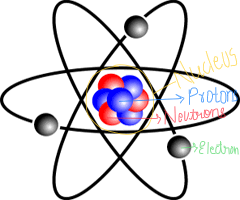
History of the periodic table
The periodic table was invented by Dimitri Mendeleev in 1869.
He was a Russian chemist.
The periodic table had many empty spots where elements were supposed to be in place which was later discovered, since Mendeleev’s time.
New models and versions of the periodic table have been developed to explain the behaviour of chemicals. However, they are still quite similar to Mendeleev’s original design.
The main value of the periodic table is the ability to figure out the chemical properties of an element based on its location on the table.
Latest elements found
Elements Proposed name Symbol
113 Nihonium Nh
115 Moscovium Mc
117 Tennessine Ts
118 Oganesson Og
The Groups in the periodic table
- Group-1: Alkali Metals
lithium (Li), sodium (Na), potassium (K), rubidium (Rb), caesium (Cs), francium (Fr).
- Group-2: Alkaline Earth Metals
beryllium (Be), magnesium (Mg), calcium (Ca), strontium (Sr), barium (Ba), radium (Ra).
- Group-3: Rare Earth Metals
scandium (Sc), yttrium (Y), lanthanum (La) and actinium (Ac), lutetium (Lu) and lawrencium (Lr).
- Group-4
titanium (Ti), zirconium (Zr), hafnium (Hf) and rutherfordium (Rf).
- Group-5
vanadium (V), niobium (Nb), tantalum (Ta) and dubnium (Db).
- Group-6
chromium (Cr), molybdenum (Mo), tungsten (W), and seaborgium (Sg).
- Group-7
manganese (Mn) , technetium (Tc), rhenium (Re), bohrium (Bh).
- Group-8: Transition Metals
iron (Fe), ruthenium (Ru), osmium (Os), hassium (Hs).
- Group-9
cobalt (Co), rhodium (Rh), iridium (Ir).
- Group-10
nickel (Ni), palladium (Pd), platinum(Pt).
- Group-11
copper (Cu), silver (Ag), gold (Au).
- Group-12
zinc (Zn), cadmium (Cd), mercury (Hg).
- Group-13: Boron Group
boron (B), aluminium (Al), gallium (Ga), indium (In), thallium (Tl), and ununtrium (Uut).
- Group-14: Carbon Group
carbon (C), silicon (Si), germanium (Ge), tin (Sn), lead (Pb), ununquadium (Uuq).
- Group-15: Nitrogen Group
nitrogen (N), phosphorous (P), arsenic (As), antimony (Sb), bismuth (Bi) and ununpentium (Uup).
- Group-16: Chalcogens
oxygen (O), sulphur (S), selenium (Se), tellurium (Te), polonium (Po), ununhexium (Uuh).
- Group-17: Halogens
fluorine (F), chlorine (Cl), bromine (Br), iodine (I), astatine (At) ununseptium (Uus).
- Group-18: Nobel gases
helium (He), neon (Ne), argon (Ar), krypton (Kr) , xenon (Xe) , radon (Re).
Make sure to watch
“That’s all folks
I’ll be back with more interesting blogs
Bye!”
~Sarayu
